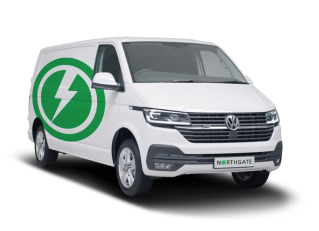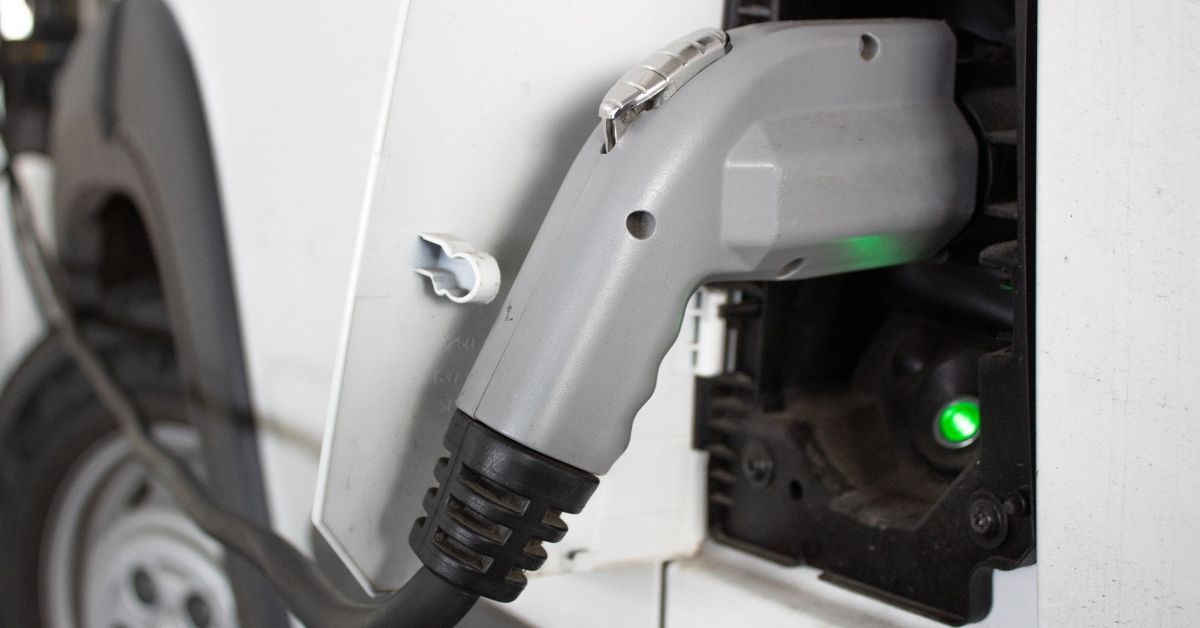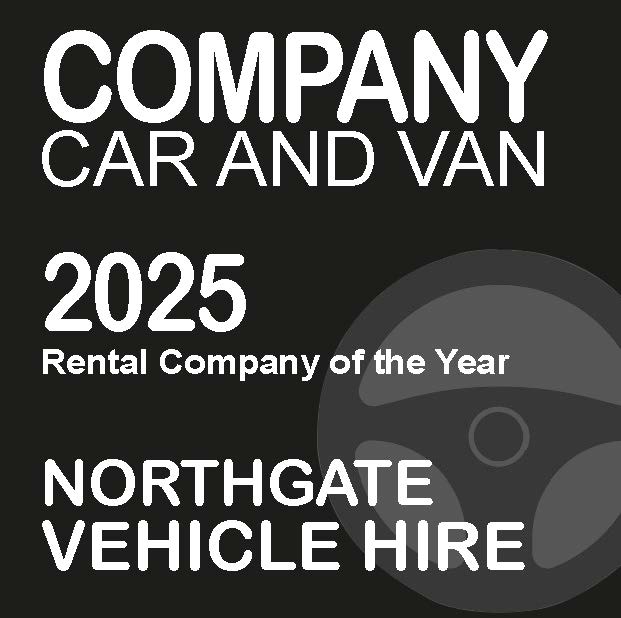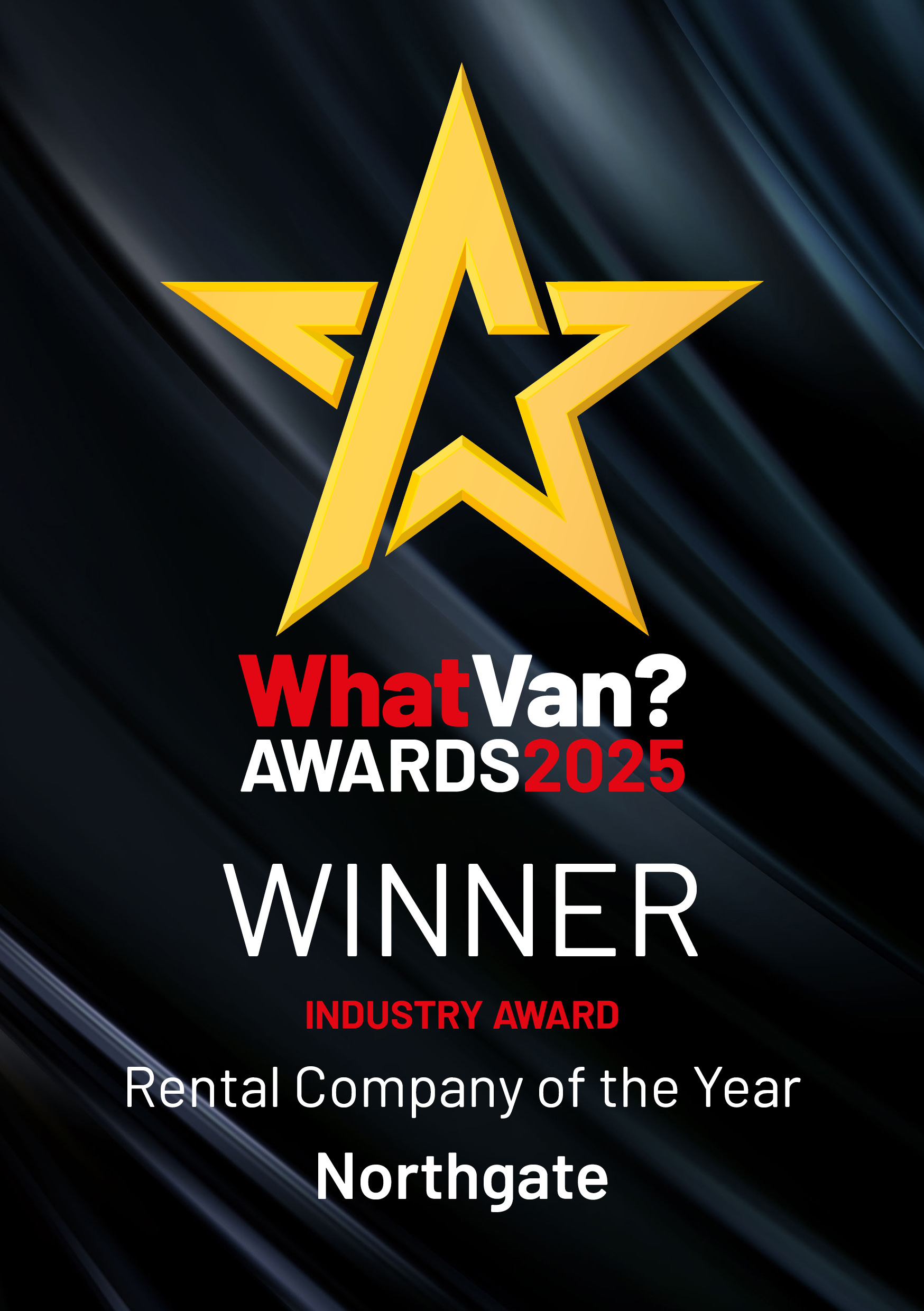3 key steps for businesses making the switch to electric vehicles
Prepare your business for making the switch to electric vehicles. Here’s 3 key steps to get started that will help you ensure a smooth transition when electrifying your fleet.
![]() 16/02/2021
16/02/2021![]() 10 minutes read
10 minutes read
For many businesses, making the switch to Electric Vehicles (EVs) will provide immediate benefits.
Not only are their tailpipe emissions far less polluting for our air than petrol and diesel – electric vehicles can be cheaper to run than combustion vehicles, providing significant tax savings, and have far fewer moving parts that could go wrong.
If these reasons weren’t enough on their own to make the switch, the 2035 ban of new sales of petrol and diesel makes the need much more pressing.
The big question is: how? Well, there are three key steps to making a start on switching to electric vehicles…
1. Review your fleet for vehicles with suitable electric vehicle alternatives
Start by identifying whether you operate any vehicles with suitable electric vehicle alternatives. The most obvious candidates will have the following qualities:
- Low daily mileage: Electric vehicles can reach driving distances of anywhere from 75+ miles on a single charge. 120 miles or less is the sweet spot for many electric vehicles (dependent on vehicle size).
- Smaller payloads: Smaller or lighter payloads are more likely to have an electric vehicle alternative with a suitable load weight and driving range. Heavier payloads may still have an alternative, but they are going to achieve shorter distances on one charge. There are options for any vehicle in the 3.5t category.
- Urban Routes: Built-up areas or routes along main roads are far more likely to have conveniently accessible charging infrastructure. Being able to charge on the go could help to keep a vehicle juiced with battery. Urban driving and the braking associated with this may provide regeneration opportunities that could extend the range further. Electric vehicles are generally not ideal for continuous long journeys up and down the motorway.
- Charging time: Depending on how a vehicle is used, you may find a vehicle can be topped up with a charge in between jobs and then the single-charge range becomes less limiting.
When it comes to specialist vehicles or HGVs, the options are more limited. Diesel vehicles remain to be the only or the most practical option for some uses.
> Learn more about the electric vehicles currently available with Northgate
2. Decide how will you charge any electric vehicles.
Electric vehicles require access to a suitable charge point and planning on when they will be charged.
Assuming your business or employees are without access to a charge point, the main charging methods would be choosing one or a combination of the below:
Making use of public charge points
Government analysis back in January 2020 found that a driver is never more than 25 miles away from a rapid chargepoint along England’s motorways and major roads.
If your vehicles or sites are located in built up areas or near to main roads, you will likely find a suitable charge point. One helpful tool to find public charge points is Zap-Map.
Requiring home charging by your employees
Some employees will already have access to a charge point, but this is an unlikely situation. In most cases, paying for a home charging unit to be installed will be needed.
The installation will require access to a garage or driveway and if the employee does not own the property, permission to have one installed.
Installing your own charging infrastructure
Owned or leased sites
When it comes to leased sites, permission to install charging infrastructure will be needed. If your business owns its sites, installing charging infrastructure mainly involves choosing which charging technology to choose and finding out whether it can be supported by the power grid or other renewable alternatives.
Availability of parking spaces
Do you have parking bays that can be designated for electric charging? It is worth considering if these bays will be reserved for electric vehicle charging or double up as normal parking spots as well.
Another consideration is whether you will make your charge points available for public, customer, or employee’s personal use.
Decisions will also need to be made on how the bays are marked, how any policies will be enforced, and you must also have suitable insurance and public liability cover in place.
3. Develop a strategy to ensure a smooth roll-out of electric vehicles
Most businesses will find that taking a phased approach to electric vehicle adoption is the most practical option.
Fleet policy and reimbursements
Policies on electric vehicles are likely to differ. From fuel reimbursement, Benefit in Kind (BIK) tax, and suitability of drivers with being able to charge vehicles overnight (if requiring home charging), these are just some of the things that may need policies behind them.
When it comes to reimbursement, the HMRC has provided an Advisory Electric Rate (AER) of 4p for electric vehicles – much in the same way as the Advisory Fuel Rate (AFR) is provided for diesel and petrol.
Driver perception
Electric vehicles provide a different driving experience to petrol and diesel equivalents.
From the outset, the driving experience feels smoother, braking feels more responsive, and they are noticeably quieter with no combustion engine. Range anxiety is a common concern that also needs to be addressed.
Drivers may need time to adapt to their day-to-day usage, maintenance, and the way they handle on the roads.
Training
Electric vehicles are straightforward to use but may take some time to adapt to, as you might expect of any new technology.
From questions on how they are charged to their range and what the symbols and dials mean on the dashboard, training materials or sessions can help drivers get acquainted with the vehicle more quickly.
Finding suitable drivers
Asking drivers about their interest in electric vehicles and their ability to have a home charging point installed can help you find keen drivers to lead in your electric vehicle rollout.
Leading with the positives
Communicating with your drivers about the benefits of electric vehicles will help with buy-in. Not only this but customers, too, will likely see the way your fleet is innovating and going green as a positive.
Having an idea of how you will make use of the positive publicity of adopting electric vehicles can help you make the most of this opportunity.
Scale of implementation
With the approaching end to combustion vehicles, businesses need to decide their overall level of commitment at this early stage.
Trialling electric vehicles on your fleet, beginning a phased approach to replacing your existing vehicles, and arranging for charge points to be installed with cables laid for future expansion – are all options and positive steps in gaining the experience required for transitioning to electric vehicles.
How can Northgate help?
If you’re looking to make the switch to electric vehicles for your business, we can assist you through every stage from strategy to implementation and beyond.
Choose from our growing range of electric vehicles and hire them for the time periods that suit you. Our flexible hire options are perfect for trialling electric vehicles on your fleet or setting your business up long-term for the imminent end to combustion vehicles.
We are supporting businesses across the UK looking to go green with the latest electric vehicle technology.
Is your fleet ready for EVs?
SPEAK TO THE EV TEAM










